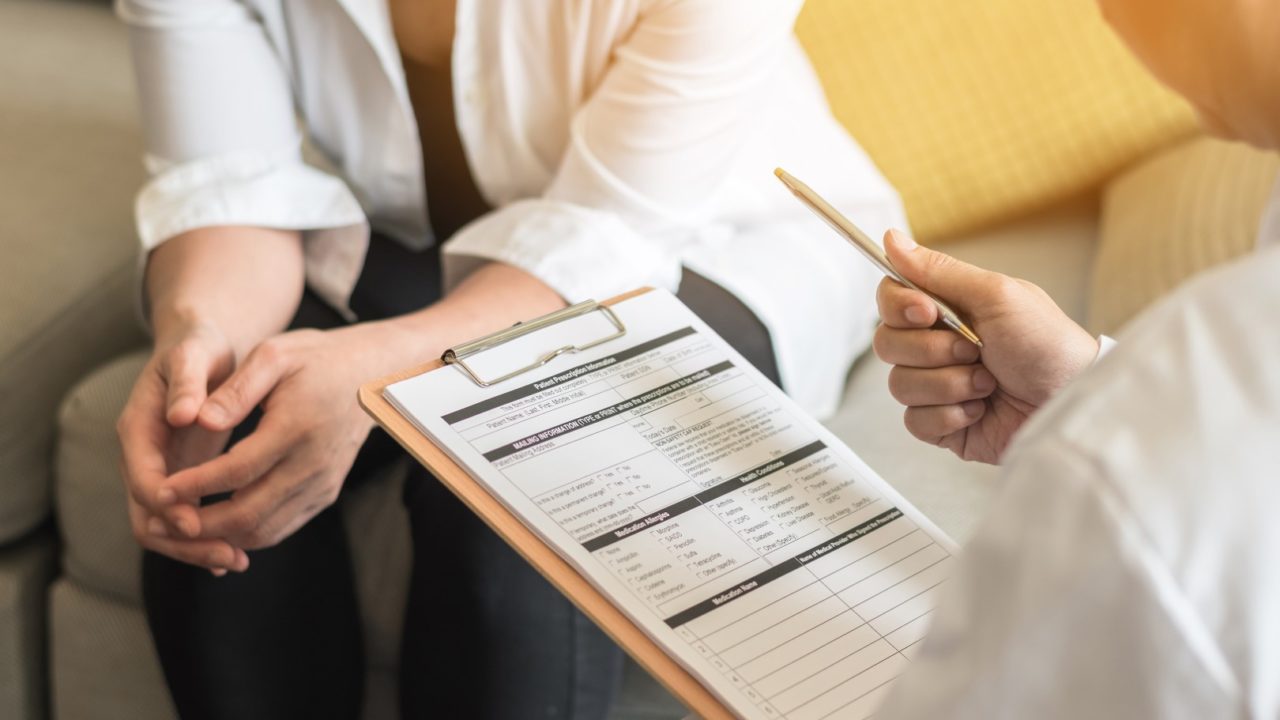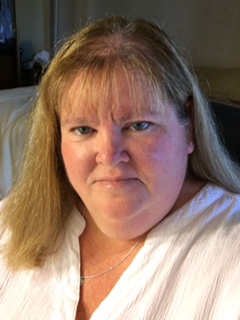
You only have one chance to make a first impression
We have all heard the phrase “You can never make a first impression twice”. This hold’s true for almost anything in life. Job interviews, first dates, and yes, the first time a patient steps into your medical office.
The first impression you make with an employer can make or break the opportunity. The same way, a first impression you make with a potential patient, can lead the patient to your office (and potential referrals) or turn the patient away.
First impressions are an important part of marketing you and your medical entity. When beginning the interview process, if an employer likes what they see, negotiations will proceed. Similarly, if the prospective patient likes what they first see, they will make or keep their appointment with you.
Online Presence
Years ago, physicians in many states were limited on how they could advertise and market their practice. Since then, marketing medical entities has certainly changed with the use of websites and social media. Today, many times the first impression is simply whether or not you have a website. A large number of patients, even when they are referred, and regardless of age, will look for a website to find out what they can about the provider(s), location, hours of practice, parking, insurance offerings, and even patient registration forms.
A website is an opportunity for a first impression. If you do not have a website, schedule a meeting with a website consultant that has experience with medical entities, to assist with establishing your business as a credible current entity. Also, monitor the “hits” your website gets as a way to monitor how effective it is and consider a way to have patient’s sign up for a newsletter in your “Contact Us” section to start your mail list.
Location
Let’s continue to your physical location, which brings us to that old stand by saying, “Location, Location, Location”. Now many times your physical location cannot be easily changed and you may not be able to afford the premium location, but there are things you can do to make the location you have chosen easy to find for patients, the outside is trash free, and that there is plenty of parking and handicapped options. A first impression of what they are entering.
Greeting vs. “Waiting”
Many medical entities mistakenly refer to the reception area as the “waiting room”.
This is a marketing problem.
The name waiting room implies that the area is focused on waiting. Patients should be “received” in the reception area when first greeted by staff that gives the impression that the patient’s visit is important and they are there to make the visit as pleasant as possible.
I visit physician practices frequently when my services are engaged for onsite coding education or audits. Recently, at a practice I visited, I went to the counter where two staff members were sitting, and I stood in front of them for more than two minutes before either of them lifted their heads to greet me… One was reading and the other was texting on her cell phone!
Something was more important than me? A potential patient? (They did not know who I was at first.)
What could be more important than making me feel welcome?
I could have been a new or established patient. That first impression is now lost forever, and now it would be damage control to get any positive feelings about the practice back.
Reception Area
You can’t make a value judgment about a patient’s state of mind when he or she opens the practice door. He might be scared, annoyed or anxious that he has to see the physician. Practices can help mitigate any negative patient feelings about “going to the doctor” by making the reception area a comfortable place.
The reception area is the patient’s first impression of the interior of your office. Is the reception area comfortable in terms of seating and seating arrangements? Traffic flow? Lighting? Do you use single seating chairs? Bench seating?
Arms on chairs can assist some geriatric patients in getting up and down, but bariatric patients may not be comfortable if the chairs are too narrow. It is important to have both kinds of seating options available. Coffee tables can take up space and be a hazard to some patients.
Does the lighting in the reception area present an area that is warm and friendly? (But well lit enough for filling out forms?)
One of the most important aspects of a reception area is how clean it is. No one wants to sit in a chair where there are dirty tissues, food wrappers, used coffee cups or stained cushions. Have your receptionist check waiting rooms in the morning prior to patients arriving, mid-morning after the rush, and then at the lunch break, and then before the last hour of patients.
Perception Is Reality
You, the doctor are the leader. Are you casual about when you show up to the office? If you are, then staff will believe they can follow your lead.
If office hours say you are open at 8:30 am what time do staff arrive to open up the office? Turn on lights, computers, regulate temperatures, make coffee, make sure cleaning crew cleaned exam rooms and emptied trash cans, etc? time is valuable to patients as well.
Office hours should be flexible to accommodate all types of patients. If you provide evening hours or extended hours, or even a Saturday option, your patient satisfaction scores climb immensely. A first impression of how organized and accommodating the entity is traveling fast.
Appearance can be a touchy issue:
- How do you and your staff appear in the eyes of your patients?
- Do you appear tired? Unkept?
- Does everyone wear a uniform that recognizes them as staff?
- Or is it casual Friday everyday?
- If you have a dress code in your office, is it being followed? Who enforces it?
Generally, most practices have a staff entrance that is not used by patients. Put a mirror on the wall, just inside the staff door so they will see how they will look to patients as they greet them. Appearance gives the first impression about you personally.
Inform Patients
Your website and other marketing tools will tell the patient your office hours:
- Does the staff answer the phones throughout the day?
- Is there a voice recording that picks up?
- Does your staff use staggered lunch breaks so the phones can be answered throughout the day? (Many patients that work during the day will call during their lunch break.)
- Does your staff get in late, or leave early with phones unattended?
- Is your staff trained in how to answer the phone in a positive manner?
- Projecting to anyone that calls that they are there to help them?
You can only make a first impression once.
You can spend a lot of time and money on marketing strategies and materials, but if you don’t get your First Impression right the first time, you may not get a second chance.

Fletcher BS, CPC, CCC, CEMC, CCS, CCS-P, CMC, CMSCS, ACS-CA, SCP-CA, QMGC, QMCRC, QMPM, PACS
Terry Fletcher Consulting, Inc.
Healthcare Coding and Reimbursement Consultant, Educator and Auditor
Podcast Host, CodeCast® , NSCHBC Edge Podcast, #TerryTuesday TCG Podcast
NAMAS and AAPC Educational Speaker and Writer